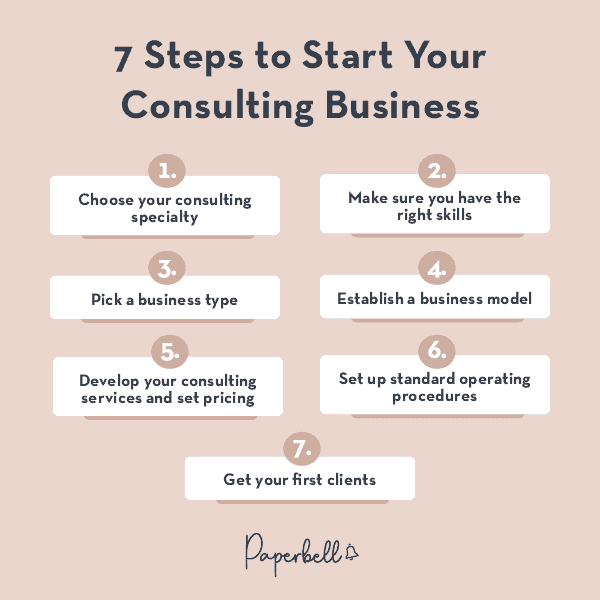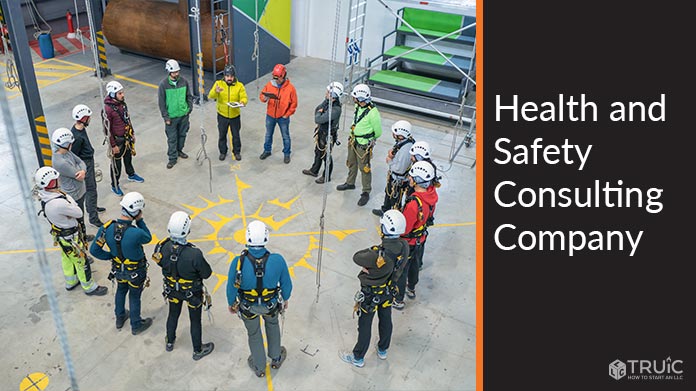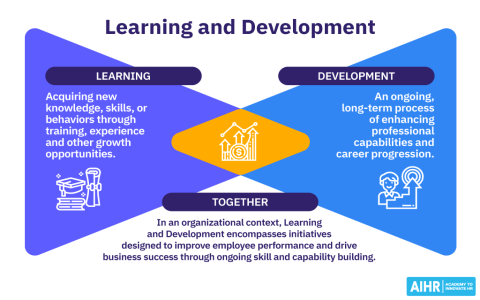So, you’re thinking about starting a safety consulting business, huh? Let me tell you, it wasn’t exactly a walk in the park when I decided to jump into this pool. It all started a few years back. My old job, well, let’s just say the company decided to “restructure,” and I was part of that restructuring. Found myself with a lot of time on my hands and a decent bit of experience in workplace safety from my previous roles. Always had a bit of a knack for spotting things, you know, the loose wire here, the wobbly ladder there. Figured, why not try and turn that into something?
Getting Off the Ground – More Like a Stumble at First
First thing I did was panic a little. Okay, maybe a lot. Then, I started scribbling down ideas. What kind of safety? Construction? General industry? Office ergonomics? Man, it’s a big field. I realized pretty quick I couldn’t be everything to everyone, not right off the bat anyway. I had a background in manufacturing, so I decided to lean into that first.

Then came the official stuff. Ugh. Registering the business name, figuring out what kind of company structure to have. I spent hours on government websites, feeling like I needed a law degree just to get started. It was just me, a laptop, and a whole lot of coffee. My kitchen table was my office for a good six months.
And insurance! Oh boy. You’re advising people on how to be safe. If something goes wrong, even if it’s not directly your fault, you better believe they’ll be looking your way. So, I had to fork out for professional indemnity insurance and public liability. Wasn’t cheap, let me tell you, especially when you’ve got no clients yet.
What Am I Actually Selling?
I thought, “Okay, I know safety stuff.” But knowing it and packaging it as a service people will pay for are two different things. I had to really think about what I could offer:
- Safety audits and inspections? Sure.
- Helping develop safety manuals? Yep.
- Basic training sessions? Could do that.
I put together some very basic brochures. Looking back, they were pretty rough, but hey, you gotta start somewhere. I even tried to build my own website. Let’s just say web design is not my strong suit. It looked like something from the early 2000s, but it was mine.
Finding Those First Few Clients
This was the kicker. I wasn’t a natural salesperson. Walking into a business cold and saying, “Hi, wanna buy some safety?” felt awkward as heck. I spent a lot of time just talking to people I knew. Old colleagues, friends of friends. My first real client came from a referral from a guy I used to work with. He owned a small machine shop.
I remember walking in there, feeling super nervous. But once I started looking around, pointing out a few things, suggesting some simple fixes, it just flowed. He was actually grateful. That first paycheck, small as it was, felt like a million bucks. It was proof I could actually do this.
Things didn’t magically explode after that. It was slow. One client, then another a few weeks later. Lots of networking events, shaking hands, handing out those slightly embarrassing business cards. I learned that just being good at safety wasn’t enough. You had to be good at listening to what businesses thought they needed, and then gently guiding them to what they actually needed. Sometimes it was like being a therapist, but for safety hazards.

The Day-to-Day Grind
It’s not all excitement and saving lives every minute. A lot of it is paperwork. Writing reports. Keeping records. Chasing invoices. You gotta be organized, or you’ll drown in your own notes. I invested in some decent software to help with scheduling and reports eventually, but in the beginning, it was all spreadsheets and hope.
And you’re always learning. Regulations change. New equipment comes out. New hazards appear. So, lots of reading, attending webinars, keeping those certifications up to date. It’s not a “set it and forget it” kind of career. You have to stay sharp.
I also realized quickly that just knowing the rules wasn’t the main part. The real skill was getting people to actually follow them. You can write the best safety plan in the world, but if the folks on the floor don’t buy into it, it’s just paper. So, a lot of my time was spent on communication, training, and trying to build a safety culture, even in small ways.
So yeah, starting a safety consulting business. It was a grind, and still is sometimes. But seeing a workplace get safer because of something I did? That’s pretty cool. If you’re thinking about it, just know it takes more than just safety knowledge. It takes hustle, patience, and a willingness to put yourself out there, even when it’s uncomfortable. And a good accountant. Definitely get a good accountant.














